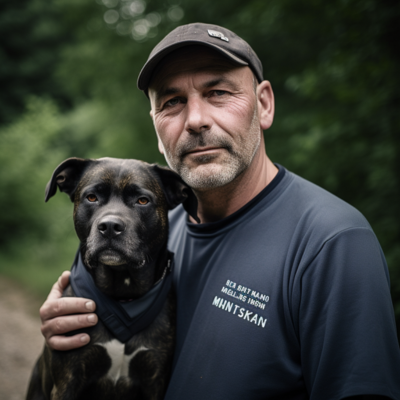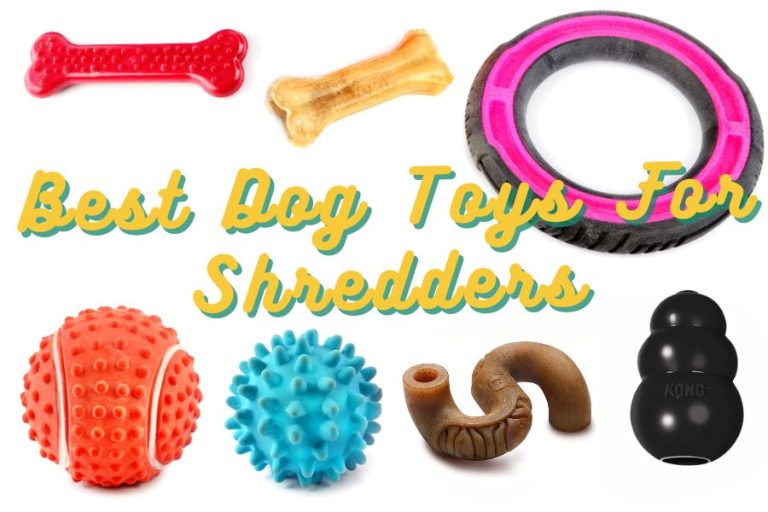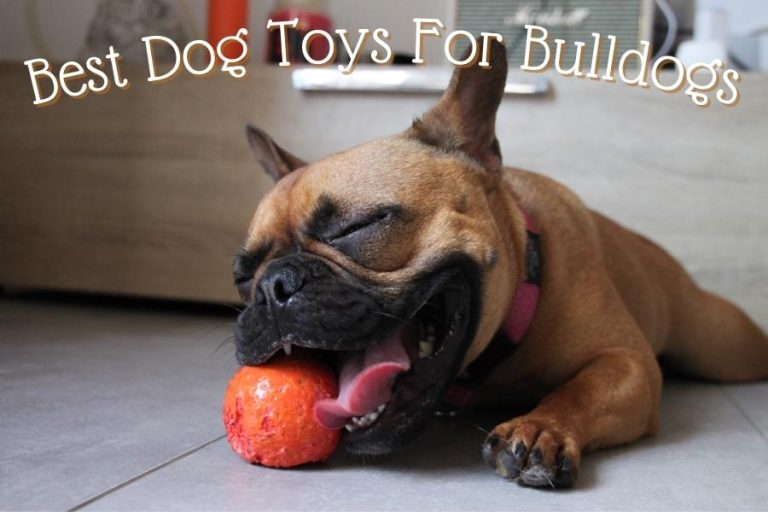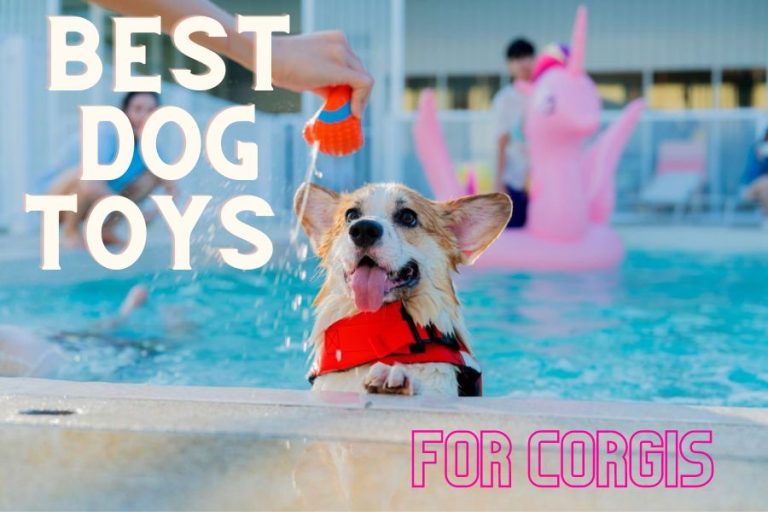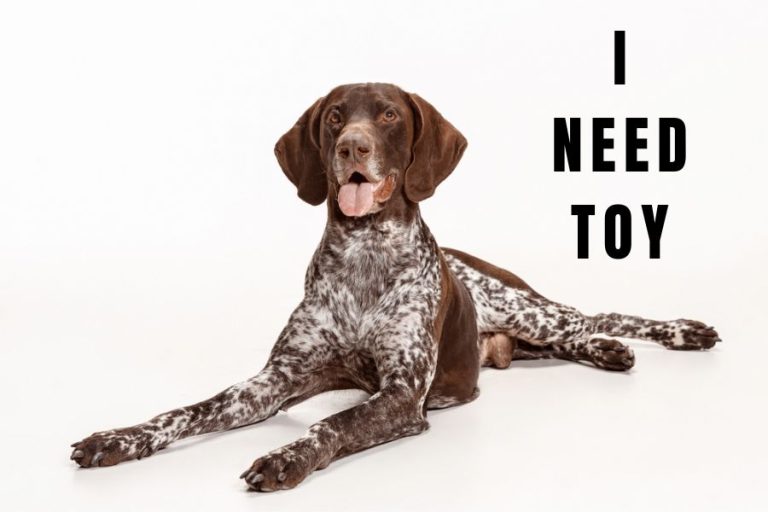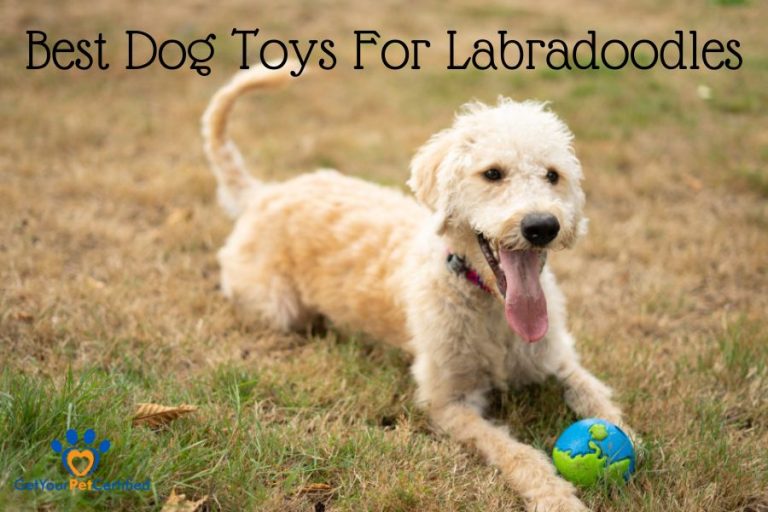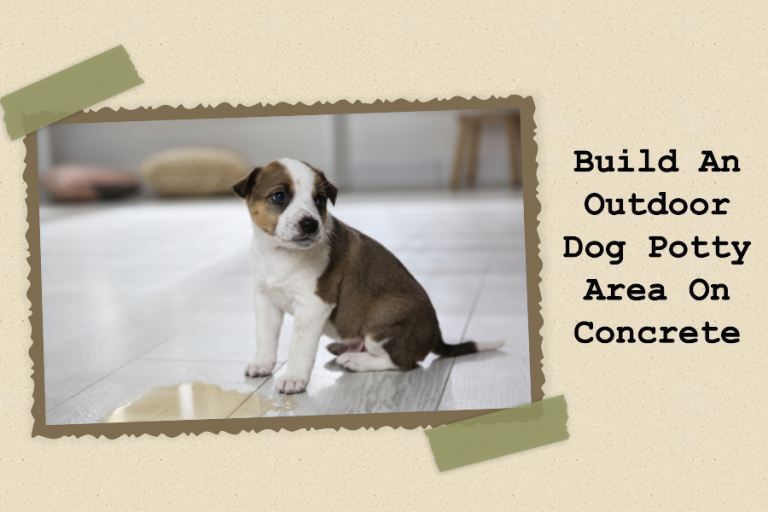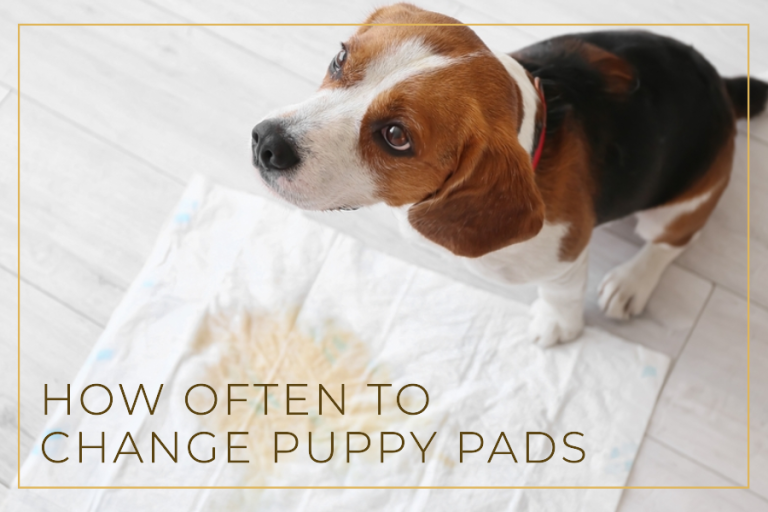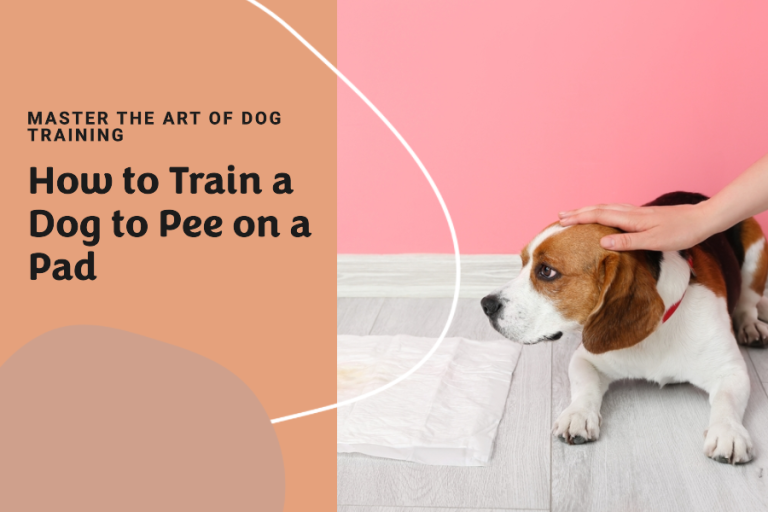How Do You Calm A Hyper Dog? – Effective Strategies
Hyper dogs can be difficult to manage, causing stress and frustration for both you and your furry friend. Their excessive energy, constant restlessness, and inability to calm down can leave you feeling overwhelmed and exhausted.
Don’t worry, we will explore practical strategies and expert advice on how to calm a hyper dog. This article will equip you with the knowledge about a combination of training, physical exercise, mental stimulation, and establishing a structured routine.
The importance of physical exercise
Types of activities for channeling hyperactive dog’s energy
The goal is to channel their energy into positive activities and provide mental stimulation that keeps them entertained:
Running or Jogging: If you’re a runner, taking your dog with you can be a great way for them to burn off energy. If you’re not a runner, you might consider biking while your dog runs alongside, or using a long leash in a large open area where the dog can run freely.
Intensity Play: Games like frisbee, fetch, or tug-of-war can help burn off a lot of energy in a relatively short amount of time. These games also help engage your dog’s prey drive in a safe and controlled manner.

Swimming: If your dog likes water, swimming can be a wonderful high-intensity exercise. It’s also easy on the joints, making it great for dogs of all ages.
Dog Sports: Depending on your dog’s breed and interests, these could include flyball, dock diving, or herding events.
Interactive Toys: Puzzle toys or those that dispense treats can keep your dog mentally stimulated. This form of play can be particularly good for dogs who need to be left alone for parts of the day.
Training Sessions: Regular training sessions, especially those that involve complex commands or tricks, can be great for high-energy dogs. It provides both physical and mental stimulation as they navigate obstacles and follow your commands.
Read More : Our suggested Toys for Hyper Dogs
Training games for teaching dogs to self-regulate
Teaching dogs to self-regulate is an excellent way to promote impulse control and calm behavior. Here are some training games you can use to help dogs develop self-regulation skills:
Game #1: Learn to Earn
This can be a useful tool to teach your dog that before he gets anything he finds rewarding, he must sit. Before your dog gets what they want, they need to do something for you. This can be a simple command such as give paw, stay, down or any other command your dog knows well.
If your dog follows the command, they get the reward – whether it’s their meal, a walk, or a belly rub. The reward should come immediately after they complete the command, so they can associate the reward with their action.
Our review: The “Learn to Earn” program is a great way to train daily interactions with your dog. It teaches your dog patience and that they need to listen to you to get what they want.

Game #2: “Wait” Command
This command teaches your dog to pause before doing something. You can start by asking your dog to “wait” before letting them go out the door or before they start eating their food.
It is useful for getting your dog to calm down when they are overexcited. This helps the dog understand that they need to control their excitement and wait for your signal.
Our review: This is a great dog self-control exercise that can get your dog to slow down around eating time as well as teach impulse control.
Game #3: Fetch with Release
Playing fetch can be a good impulse control exercise if you incorporate a “release” or “drop it” command. To play this game, your four-footer will need to understand the basic rules.
After a few repetitions of this, ask your dog to drop the toy and then wait for your dog to lie down without you giving him the command.
Our review: This reinforces the idea that they get what they want (the game continues) only if they control their impulse to keep hold of the toy.
Medical interventions for calming hyper dogs
Please note, it’s crucial to consult with a vet before starting any new medication or supplement regimen for your dog.
| Method | Pros | Cons |
| Medication (Prescription Drugs) | – Highly effective when used under a vet’s guidance. – Tailored to individual dogs’ needs. | – Possible side effects like lethargy, changes in appetite, or allergic reactions. – Not a long-term solution. |
| Natural Calming Supplements | – Fewer side effects compared to prescription drugs. – Can be used regularly. | – Not all dogs will respond to natural supplements. – Quality and effectiveness vary between brands. |
| Special Diets (High-Protein, Low-Carb) | – Can help reduce hyperactivity linked to diet. – Promotes overall health. | – Requires careful meal planning. – May not work if hyperactivity isn’t related to diet. |
| CBD products | – Known to reduce anxiety in some dogs. – Available in different forms like oils and treats. | – Not enough scientific research on long-term effects. – Quality varies between products. Legal issues in some areas. |
| Pheromone Diffusers/Collars | – Can help create a calming environment. – Non-invasive, no ingestion is required. | – Effectiveness varies. – Does not address hyperactivity related to lack of exercise or training. |
| Probiotics | – Can help improve gut health, which can influence behaviour. – Promotes overall health. | – More research is needed on the effects on behavior. – Quality varies between brands. |
How to maintain a calm environment at home
Massage
This activity can have a profoundly calming effect on dogs. Start by petting your dog in long, slow strokes. Then, gently knead your dog’s muscles with your fingertips, working your way all over their body. Be sure to pay special attention to the ears, which can be a tension hotspot in dogs. Massage can help to relax both you and your pet, creating a calm atmosphere.
- Pros: Can be performed anytime, helps improve the bond between you and your dog. In some cases, it may help detect health issues early.
- Cons: It requires some training to perform correctly and effectively, not all dogs may be comfortable with it at first.

Music Therapy
Certain types of music, particularly classical music, can have a calming effect on dogs. There are even special music playlists for dogs available on various music streaming platforms. Playing this music at a low volume can help soothe anxious or hyperactive dogs.
- Pros: Easy to implement, no additional cost if you already use a music streaming service.
- Cons: Not all dogs may respond to music therapy, loud music may have the opposite effect.
Creating a ‘Safe Space’
Dogs can benefit from having a designated place in your home where they can retreat and relax. This can be a crate, a specific room, or a comfortable bed in a quiet corner.
- Pros: Provides a haven for your dog, easy to implement.
- Cons: Requires space, not all dogs may naturally take to the area.
Aromatherapy
The use of specific calming scents like lavender or chamomile can create a soothing environment for your dog. These can be used in diffusers or in special dog-friendly products like sprays or balms. However, ensure that any essential oils used are safe for dogs, as some can be toxic.
- Pros: Can create a calming environment, relatively easy to implement.
- Cons: Some dogs may be sensitive to smells, not all essential oils are safe for dogs.
READ MORE: Understanding the root cause of hyperactivity in dog

